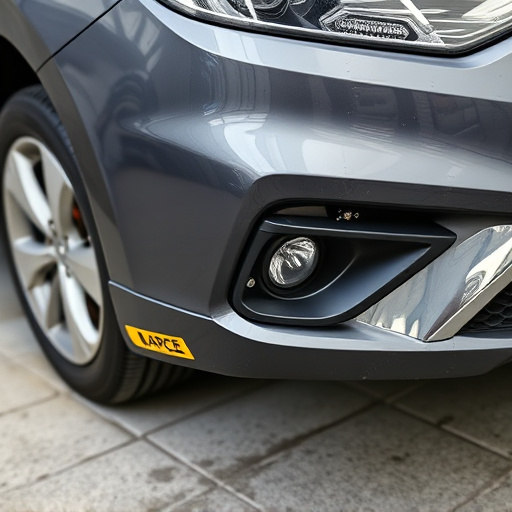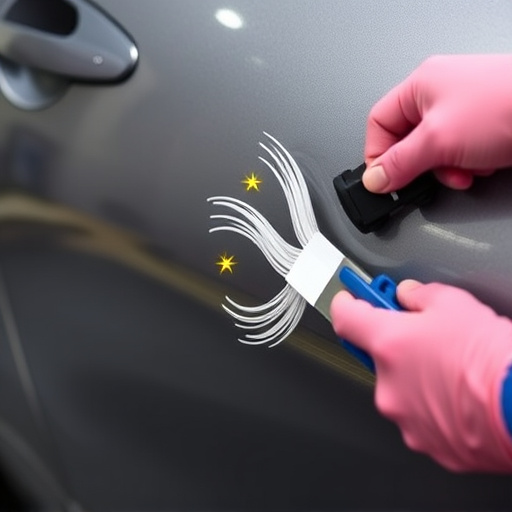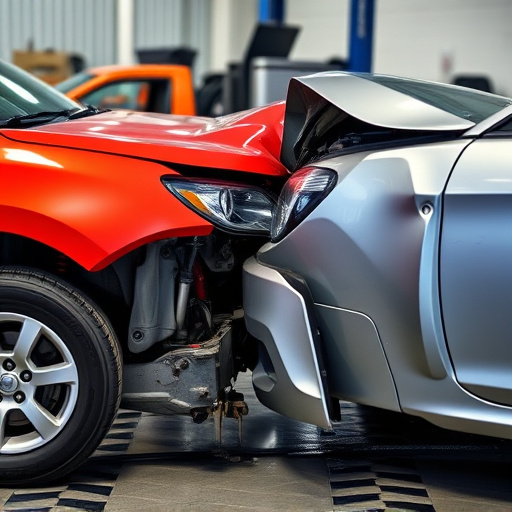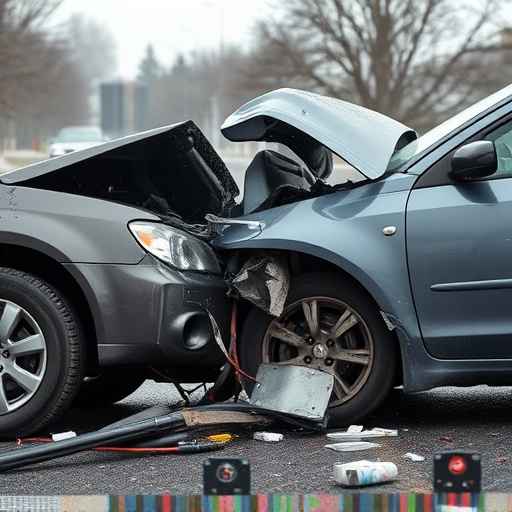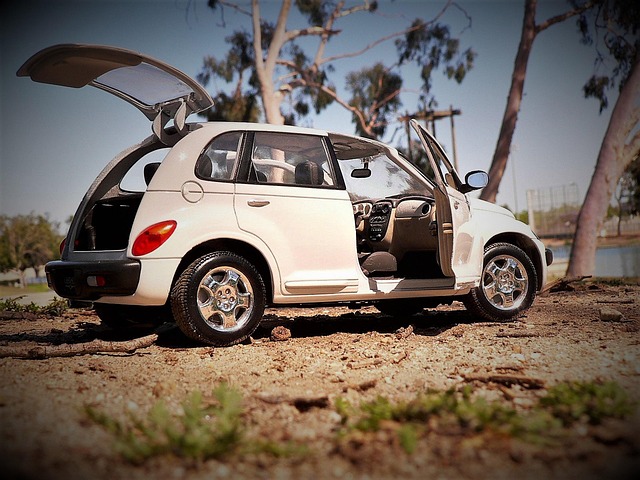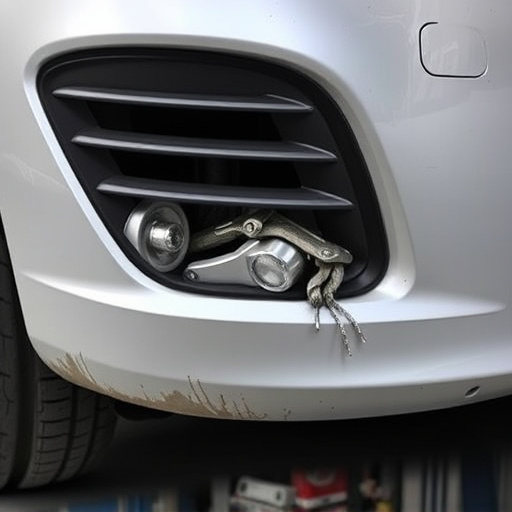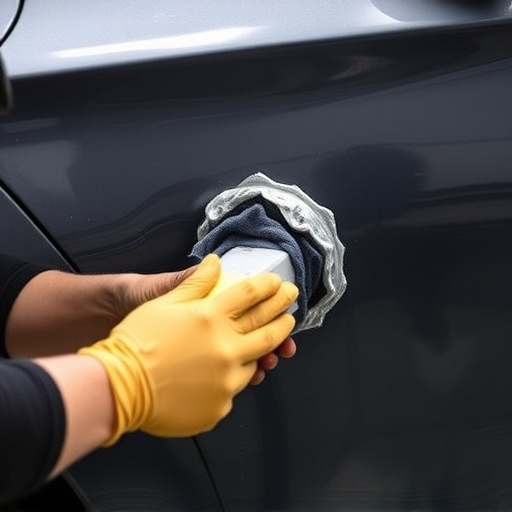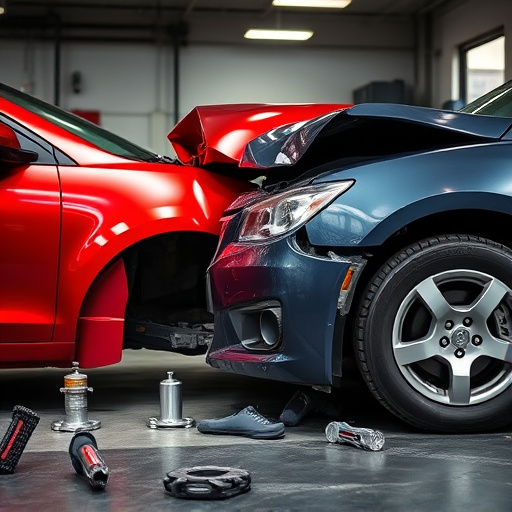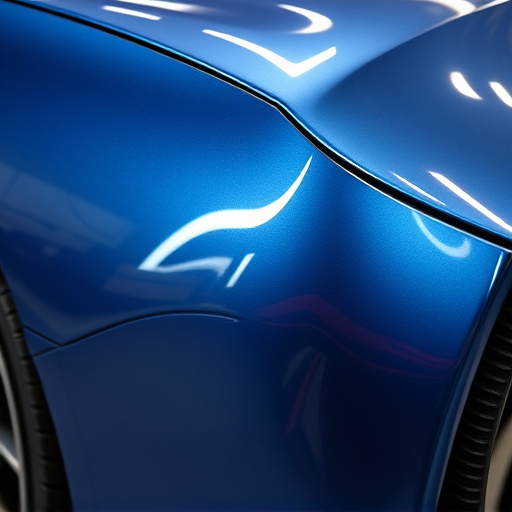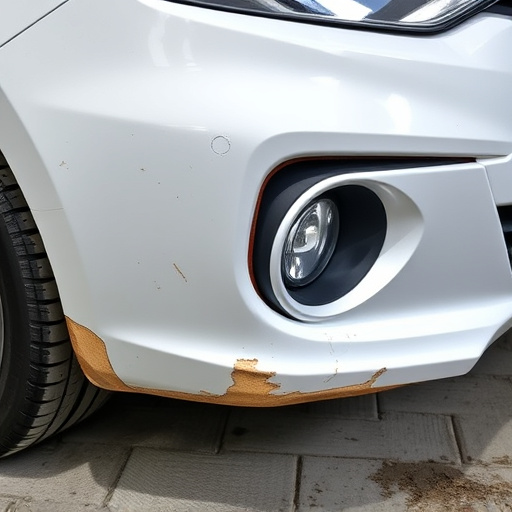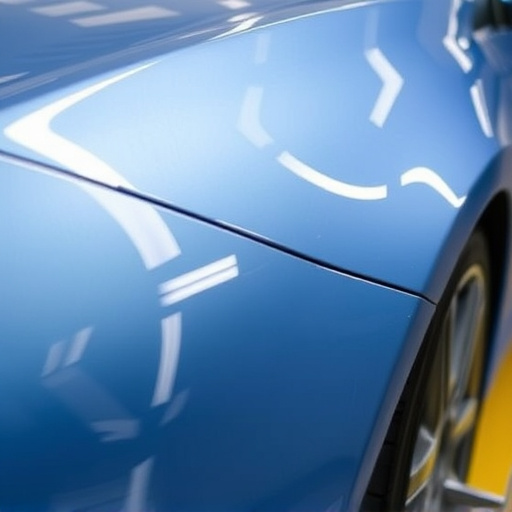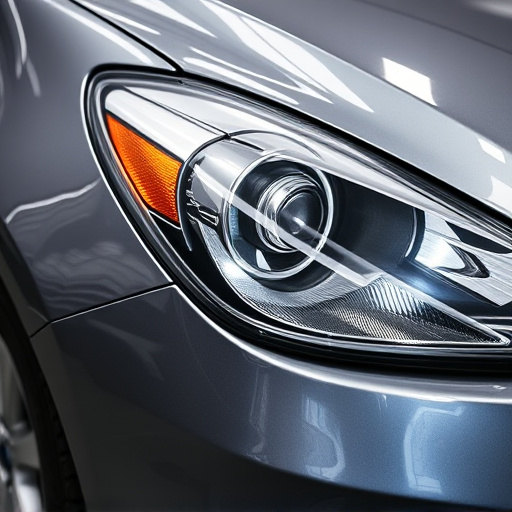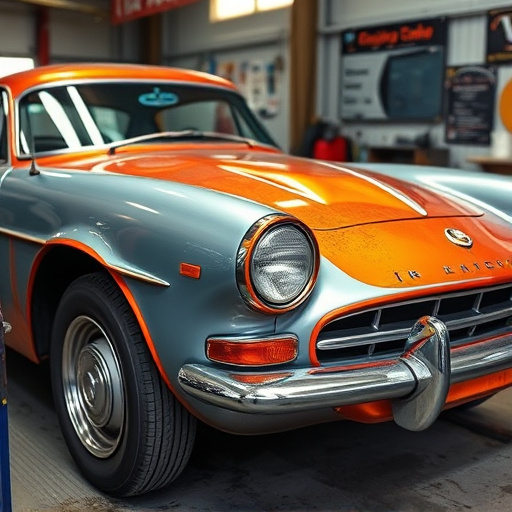Paintless Dent Repair (PDR) for minor dents is a cost-effective and time-saving method using specialized tools to remove dents without repainting. Skilled technicians use advanced tools like sliders and ragers to push dented areas back into place, preserving the car's original paint finish. PDR is ideal for hail damage repair, offering faster turnaround times compared to traditional body work while maintaining aesthetic appeal.
Discover the art of PDR (Paintless Dent Repair) and unlock your car’s flawless finish! This comprehensive guide offers advanced tips to master the technique for minor dents. From understanding the basics to choosing the right tools, we demystify the process. Learn how to remove dents without painting, saving time and money. Our step-by-step approach ensures success, allowing you to restore your vehicle’s beauty effectively. Elevate your DIY skills with these essential techniques for PDR, perfect for minor dent removal.
- Understanding PDR: A Brief Overview for Beginners
- Choosing the Right Tools: Essential Equipment for PDR
- Master the Techniques: Step-by-Step Guide to Minor Dent Removal
Understanding PDR: A Brief Overview for Beginners
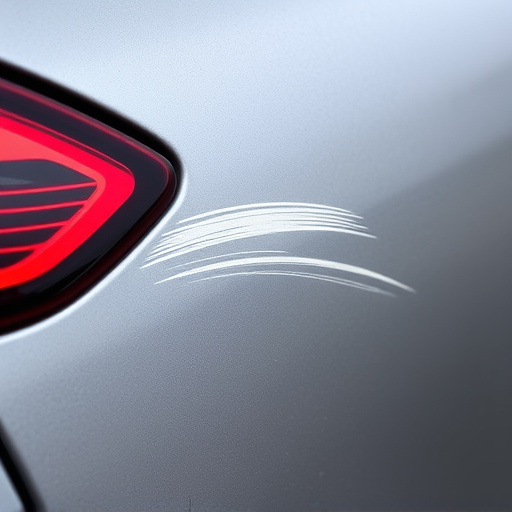
PDR, or Paintless Dent Repair, is a specialized technique used to restore damaged vehicle bodies by removing dents and dings without the need for repainting. It’s an advanced body shop service that has gained popularity due to its efficiency and cost-effectiveness in fixing minor dents. This method is particularly useful for addressing hail damage repair on vehicles, making it a go-to option for many vehicle owners looking to avoid extensive body work.
For beginners, PDR involves using specialized tools to gently push the dented area back into place, utilizing the vehicle’s original paint as a protective layer. Skilled technicians employ various techniques and tools, such as sliders, ragers, and air bag systems, to minimize damage and restore the car’s appearance. Unlike traditional body shop services that might require extensive sanding and repainting, PDR is a more precise approach, making it ideal for minor dents and ensuring a faster turnaround time while preserving the vehicle’s original finish.
Choosing the Right Tools: Essential Equipment for PDR
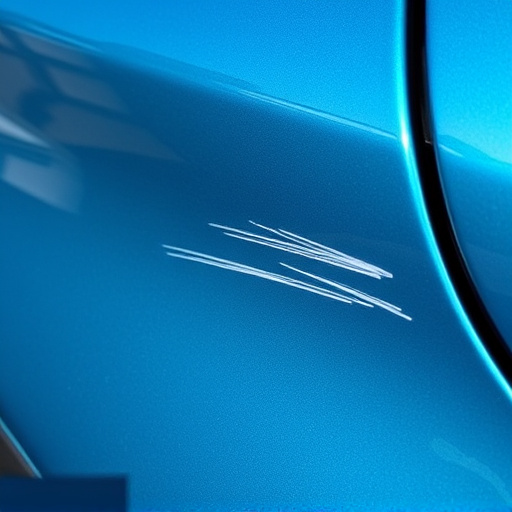
When it comes to PDR for minor dents, having the right tools is paramount to achieving professional results. The primary equipment includes a set of high-quality dent removal tools, such as pry bars, drags, and tapers, which are designed to gently extract dents from the vehicle’s panel without causing further damage. These tools come in various sizes and shapes to accommodate different types and severity of dents.
Additionally, a good lighting system is crucial for visibility during the repair process, as it allows technicians to precisely identify and target each dent. A quality air compressor is also essential, ensuring the right pressure for tool operation. Other useful items include a detailed inspection mirror and a variety of polishing materials to restore the paintwork’s finish after dent removal, enhancing the overall aesthetics of the vehicle, especially in the case of hail damage repair or collision center work.
Master the Techniques: Step-by-Step Guide to Minor Dent Removal
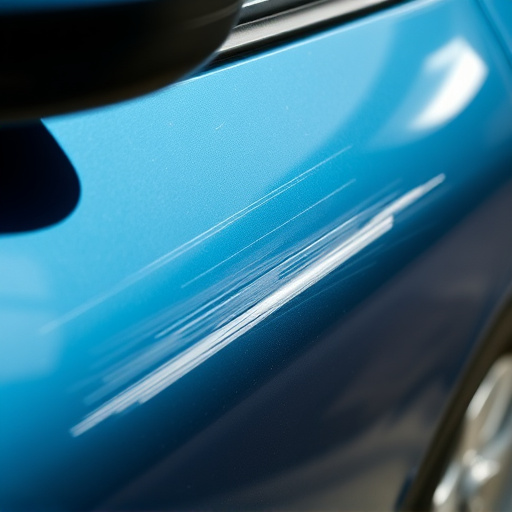
Mastering the art of PDR (Paintless Dent Repair) for minor dents is a game-changer for anyone looking to restore their vehicle’s appearance without extensive paintwork. This cost-effective and time-saving method has become increasingly popular in automotive body shops, offering a quick fix for those pesky little dings and dents. With the right techniques, you can achieve professional results that will make your car look as good as new.
A step-by-step guide to PDR for minor dents involves several precise actions. First, inspect the dent thoroughly to determine its size and depth. For minor dents, a simple PDR tool with a plastic tip is all you need. Gently apply pressure while guiding the tool over the dent, carefully working your way around its perimeter. The goal is to slowly and steadily push the dent out, ensuring the metal returns to its original shape without breaking or tearing. Practice on various dent sizes to become proficient, using a variety of tools for different scenarios, from shallow dents to slightly deeper ones. With dedication, you’ll soon be able to offer your car repair shop customers a quick and effective solution for their vehicle paint repair needs, saving time and money while ensuring top-quality results.
PDR for minor dents is a highly effective and cost-efficient method for repairing car damage. By understanding the fundamentals, selecting the right tools, and mastering techniques, you can achieve professional results at home. Incorporating these advanced tips into your routine will not only save you time and money but also ensure your vehicle retains its sleek appearance. Remember, with practice and patience, PDR becomes a valuable skill for any car owner aiming to preserve their investment.
